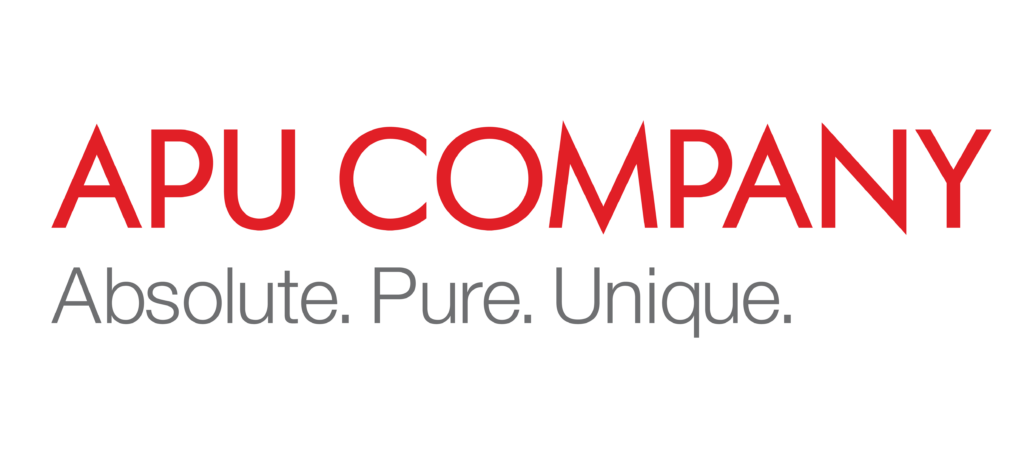APU Company Uses Boomi To Catapult Digital Transformation and Global Expansion

Industry & Market:
Wholesale Distribution (food & beverage)
Headquarters:
Ulaanbaatar, Mongolia
Employees:
2,000+
Revenue:
US$106.7m (2021)
Partner:
Atturra
Key Integrations:
Oracle enterprise resource planning (ERP), logistics, human resources (HR) systems, and additional operational systems and cloud-based applications.
Case Study:
APU Company Uses Boomi To Catapult Digital Transformation and Global Expansion
APU Company
Boomi enables a major global beverage producer in Mongolia to become more efficient and data-driven by simplifying its operations and eliminating complexity.
Geschäftliche Ziele
Established in 1924, APU Company is one of Mongolia’s longest-standing organizations. It has a diverse portfolio of over 35 brands across dairy products, soft drinks, and beers.
APU is dedicated to expanding its global market presence, with plans to export its premium brands to eight countries in Asia, Europe, and the USA. To drive this ambitious goal, APU is embracing digital transformation, actively pursuing various technology and process automation initiatives.
Herausforderungen bei der Integration
Streamlining operations and establishing a foundation for connections with customers, suppliers, partners, banks, and government are the two core pillars of APU’s digital transformation. However, time-consuming and complex traditional point-to-point integrations were proving to be hindrances as APU continued to digitalize and add new applications and services.
Without a modernized approach to integration, APU was limited in the digital connectivity it could establish, and the data it could access to achieve its transformation targets.
Wie Boomi geholfen hat
Australian advisory and IT solutions provider Atturra helped APU introduce the Boomi integration platform as a service (iPaaS) to connect core systems, simplify its cloud migration to Microsoft Azure, centralize data to inform strategic decisions, and create direct digital links to third parties using APIs and open data.
APU uses the Boomi platform, including Boomi APIs and API management capabilities, to integrate its Oracle ERP, logistics, and HR systems, alongside additional operational systems and cloud-based applications.
Ergebnisse
The Boomi-connected environment enables APU to develop a data warehouse from which its vast applications can draw information.
APU can build an open data environment, rendering it “ready to connect” with third parties to share key information. For example, it can link to government agencies for regulatory, tax, and reporting purposes; banks to access vendor and customer payments; and customers – including retail and hospitality – for effortless procurement.
 Boomi is a key part of our ability to leverage open data and execute on these components now, as well as prepare for the future.
Boomi is a key part of our ability to leverage open data and execute on these components now, as well as prepare for the future. 
Boomi leverages Amazon EC2 to ensure our design, development, and management platform is highly available. This allows our customers to build, manage and monitor their solutions reliably, from any web browser.

